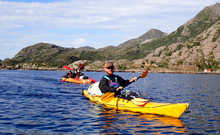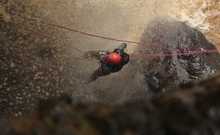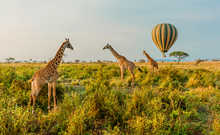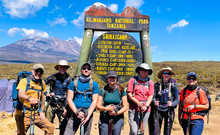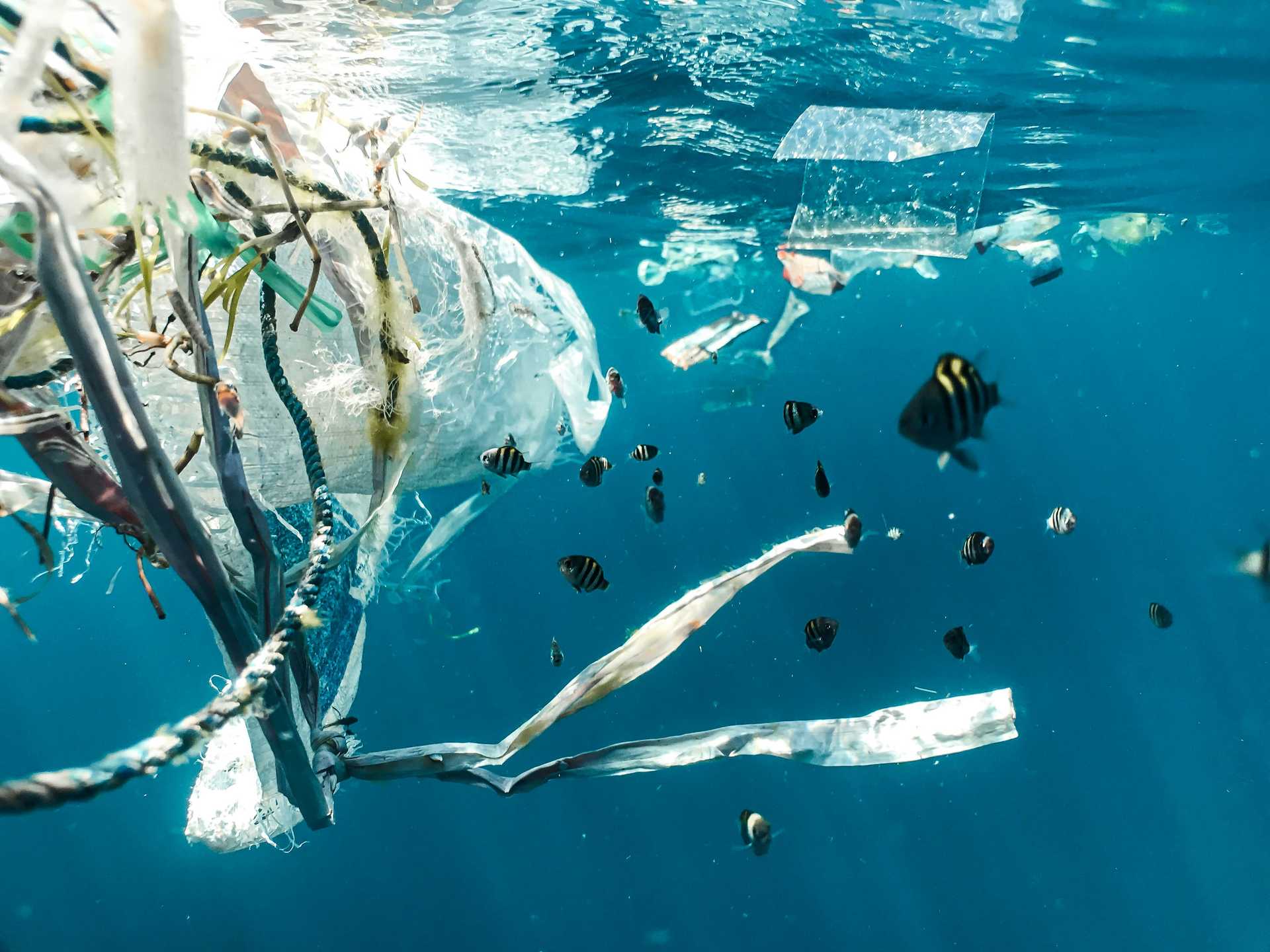The cost of adventure
Travel is in our genes and for many of us, we actively seek opportunities to explore the world around us. The need to discover new places, experience different cultures and meet like-minded people comes naturally, and the team at Kandoo love introducing our guests to unforgettable destinations.
Our adventures do come at a price – carbon emissions from flights, transfers and food waste to name a few, but there are others. We’re working hard behind the scenes to carefully counteract as much of our trip’s impact as possible through carbon offsetting schemes both local to us and to the destinations we visit. We have a way to go but our sustainability is important to us, and we are excited to see how far we can advance down the path to becoming a more responsible travel company.
There is plenty that you can do too. Whether you join us on an adventure, prefer to travel independently or book with one of our competitors (although we have no idea why you’d do that!), there are so many things you can do to limit the amount of waste you produce whilst travelling. This journey towards a healthier, happier planet is one we all need to prioritise so adjusting and striving towards a zero waste lifestyle and understanding the impact of our actions is imperative.
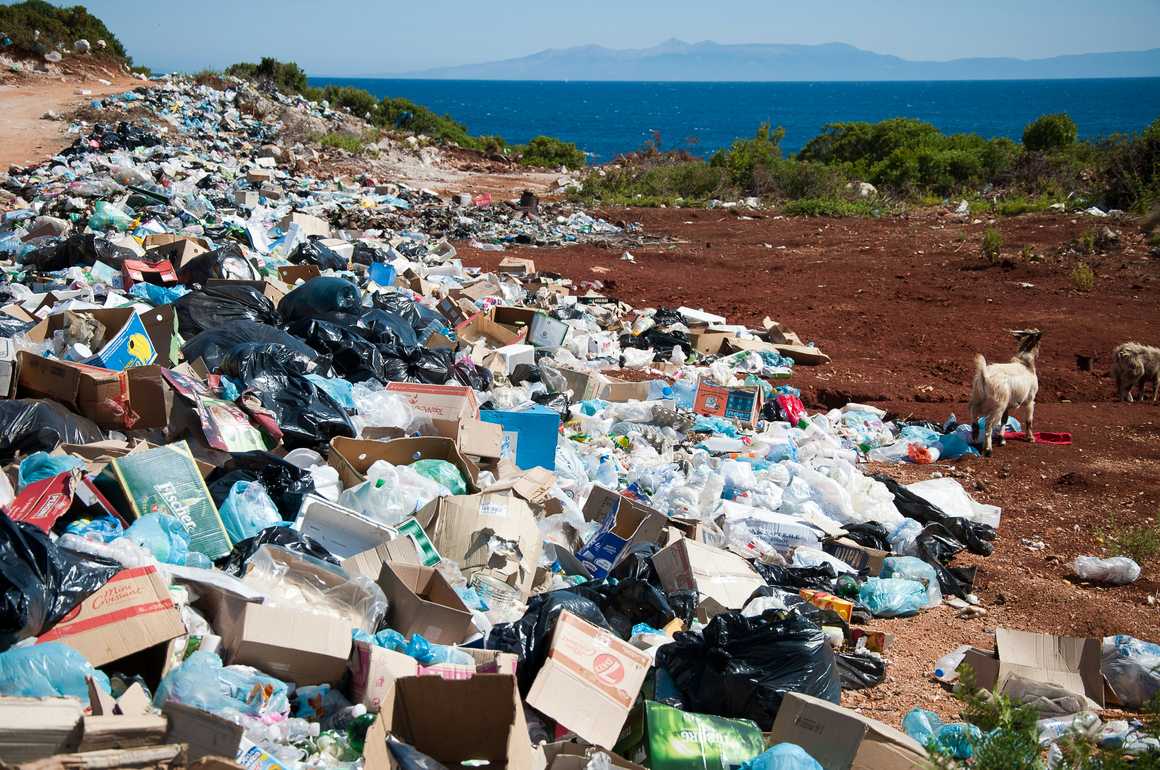
What is zero waste?
It’s this elusive concept that we can live in a way that produces no waste - no rubbish, no food waste, nothing sent to landfill, nothing dumped into our waterways. For most of us, this is completely unattainable. No matter how much we adhere to the principles of reduce, reuse, recycle, we generally don’t have the knowledge, skills or resources available to produce no waste at all. Those living outside of society in rural areas or off-grid communities might be better placed to achieve something like zero waste out of necessity. However, for the majority of society, dealing with all the waste we produce is a huge challenge, regardless of our desire to be waste free.
Despite the elusiveness of a zero waste existence, aiming towards this ideal is still important to help lessen the impact of our lifestyles on the earth. We currently bury, burn or banish our waste. We wash water out to sea full of chemicals and microplastics and bury rubbish in landfill sites hoping eventually it will disappear. Some countries burn their household waste and Western countries send surplus clothes and tech to third world countries thinking that once it’s out of sight, it’s out of mind. The sheer amount of stuff we consume is unsustainable because so much of it ends up thrown away after use. This contributes towards greenhouse gas emissions, pollutes the soil, contaminates the oceans and destroys habitats, harming wildlife and environments. So how can we do better for the sake of our planet and future generations?
Zero waste travel
Understanding what zero waste means helps to change the way we think about what and how we consume – it’s about effort, not perfection. This is especially true when travelling. Making adjustments and careful research go a long way towards mitigating the impact of our adventures on the destinations we visit.
We’ve put together some top tips on how to reduce waste whilst travelling that may challenge you but may also, hopefully promote lasting lifestyle changes.
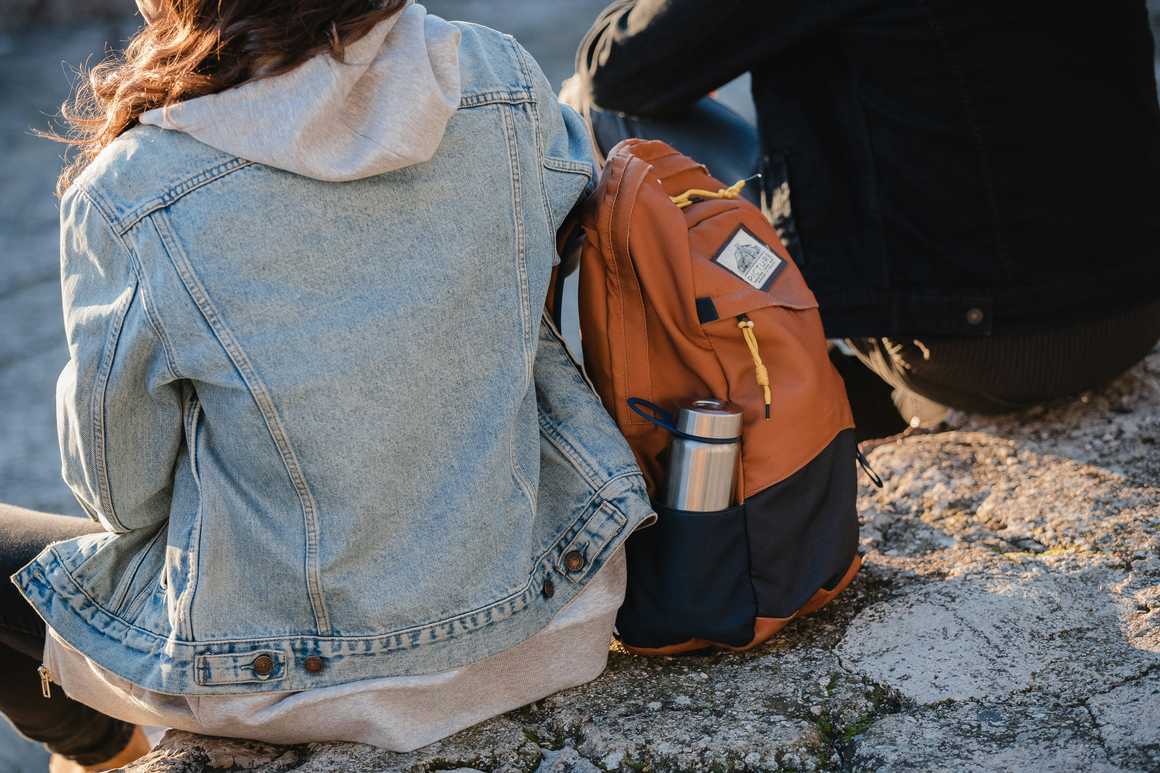
Travel tips for reducing waste
Travelling responsibly
- Go paperless – don’t print tickets, itineraries,
visas – save them on your phone
- Take your own blanket, travel pillow and
headphones – scheduled airlines offer these but taking your own will keep you
comfortable and reduce the need for laundering
- Pack light – a smaller bag carries has a lower
carbon footprint – do you really need to take a large suitcase??
- Choose food wisely – by refusing single serve
food items and looking for freshly prepared food that doesn’t come in plastic
packaging you are reducing single use plastics
- Rent or buy second hand instead of buying brand
new – think about borrowing kit such as trekking poles, sleeping bags and down
jackets – stop to consider whether you’ll use them again afterwards
- Forget the souvenirs – buying tat from faraway
countries is a hard habit to break but unless you have a use for it, don’t buy
it! Take memories, recipes or photos instead.
- Skip the postcards – the paper, postage and
airmiles of postcards are unnecessary waste – send a selfie from your phone or
a good old fashioned email instead
- Use the local facilities – composting and long
drop toilets may appear unappealing but burying or bagging waste when trekking
is not planet friendly. Be brave – go local.
Essential items to pack
- Refillable water bottle with water filter – that way you can drink water from pretty much anywhere
- Rechargeable head torch – try to take tech that doesn’t need batteries and that you can recharge with a …
- … Solar charger – eschews the need for batteries!
- Reusable wipes – wet wipes are contaminating the world over. Washable cloths with a small dry bag for containing them create no waste and are much better for cleaning on the go AND they can be used again and again.
- Plastic free toiletries – soap bars, shampoo bars, bar deodorant and toothpaste tablets all come with no plastic packaging, take up less space and are kinder to the planet
- Reusable food wrap, bags and containers – often overlooked but invaluable once tried, taking your own silicone ziplock food bags, foldable containers and food wraps like beeswax wraps are excellent for storing leftovers and snacks for when you’re out and about
- Reusable cutlery and straws – reduce the need for plastic cutlery or throwaway straws and are easy to stow and carry
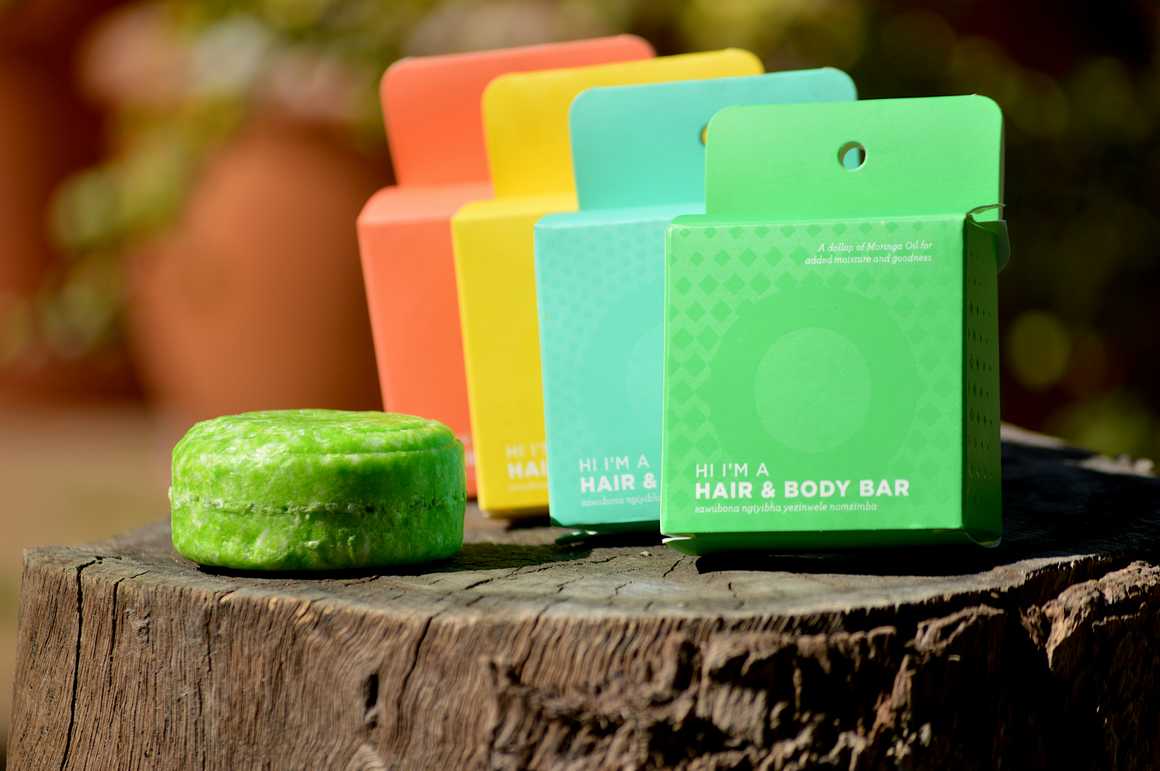
How to reduce plastic waste
One of the biggest polluters of our land and seas is plastic waste. Approximately 50% of plastic produced is single-use which takes decades to break down and even then, it doesn’t truly disappear but lives on as microplastics that invade all human, animal and plant life. The best way to reduce plastic waste when travelling is to avoid plastic altogether. Reducing plastic use is simpler than you think and can be done at home or away.
1. Plastic free toiletries
Plastic packaging from toiletries is one of the biggest contributors to waste when travelling. Shampoo, soap, toothpaste and deodorant are the main staples of any washbag, and the good news is that bar forms of all of these come in paper packaging and reusable containers which are smaller and lighter than their plastic bottle contemporaries, and often longer-lasting too. Sunscreen, lip balm and moisturiser are also available in plastic-free packaging these days. For women, menstrual cups are handy for trips, as are washable sanitary towels and period pants. Keep a dry bag handy to store them after use and a refillable hand sanitiser will be useful too.
2. Bring your own food containers
Reusable food containers, bags, food wrap, cutlery and straws are great for storing leftovers from your meals, wrapping snacks and reducing the amount of plastic packaging you throw away from store-bought supplies. A pack away reusable bag will also be good for shopping, storing dirty washing or carrying supplies when you’re out and about. A little bit of planning before you go and this collection of essential items will ensure your forays into foreign cultures produce less waste than buying as you go.
3. Bring a refillable water bottle with a filter
Aside from plastic waste from toiletries, the second biggest earth offender is bottled water in plastic containers. Yes, these are convenient, but they hang around for years, shedding plastic as they degrade. Investing in a large refillable water bottle is a must – better yet, one with a water filter built in. With one of these beauties, you can fill your bottle from streams or foreign taps you wouldn’t normally drink from. If that wasn’t enough, when hiking at high altitudes you can fill them with hot water for a travel hot water bottle to keep you cosy in your sleeping bag. Winner.
How Kandoo are working to reduce waste
The nature Kandoo Adventures trips are naturally low impact. We journey to wild places, travel by foot as much as possible, keep our group sizes small and employ local people as guides, porters and support staff.
We’re proud to partner with Leave No Trace, an organisation dedicated to reducing the impact of visitors on natural landscapes. Principles include proper disposal of waste, respecting habitats and wildlife and keeping the impact of our trips to an absolute minimum.
In addition to this, our teams in Norway, Svalbard, Nepal, Tanzania and Peru regularly perform beach and mountain clean ups, collecting other people’s waste for recycling and disposal from the countries we visit.
Read more about how to choose the right travel company and how we’re working towards being better.
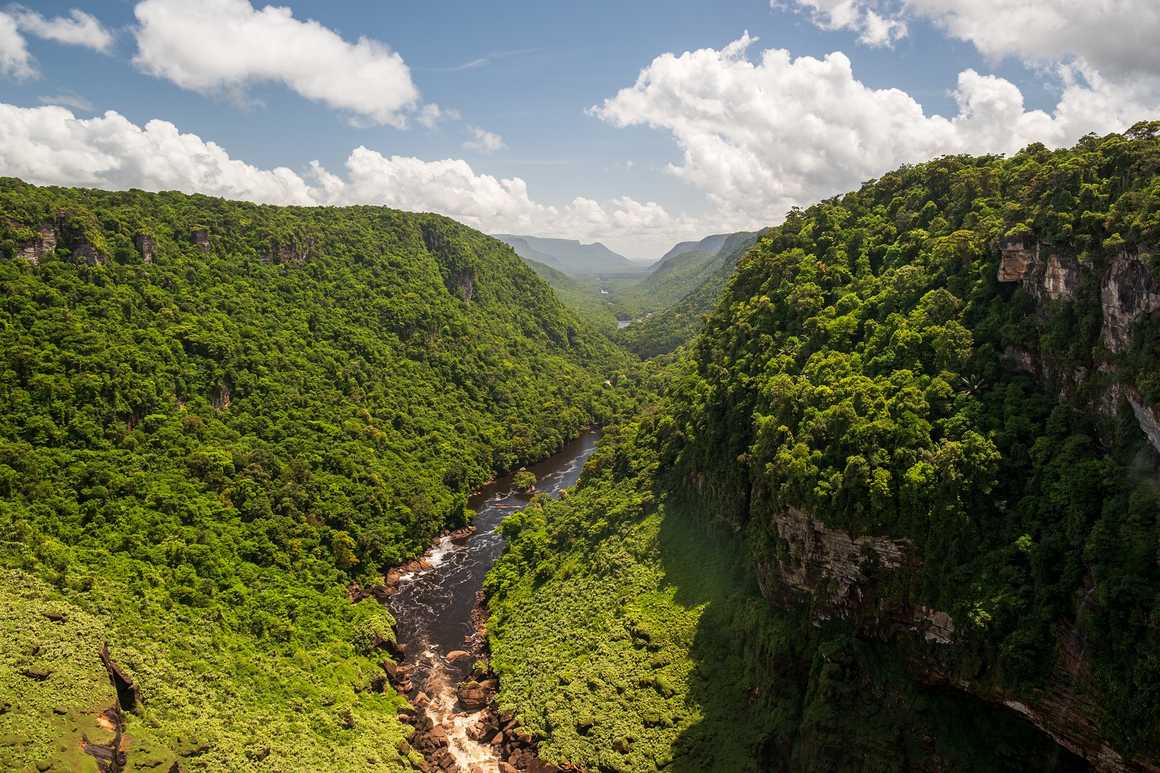
Summary
Responsible travel is about being aware of your options, making informed choices and trying to minimise the impact of your adventures on the environment. In addition to the travel tips above for how to reduce waste when roaming, think mindfully about each part of your journey. Choose a travel company that cares about sustainable travel, look for accommodation that is run locally, uses local supplies and products and employs local people. When eating out, choose local dishes that don’t include exotic ingredients from far away, take your own reusable containers for takeaways and don’t buy drinks and snacks in plastic packaging.
Lastly, look for destinations that align with the concept of travelling responsibly, such as places like Bhutan who limit the number of visitors and have a 10 year plan for sustainable economic development, or Guyana where eco lodges in the rainforest use income from tourism to buy more land, protecting it from deforestation, logging and mining. Countries such as these are precipitating positive change whilst still welcoming visitors, showing that a symbiotic relationship between travellers and the natural world can work.
Think carefully about your next adventure. Look for a travel company that is positively changing the way they do things, offers destinations that benefit from visitor income and trips that have minimal impact on the natural environment. Travel on foot with Kandoo Adventures, for unforgettable experiences that don’t cost the earth – literally.




